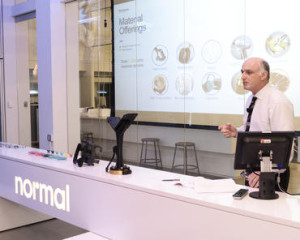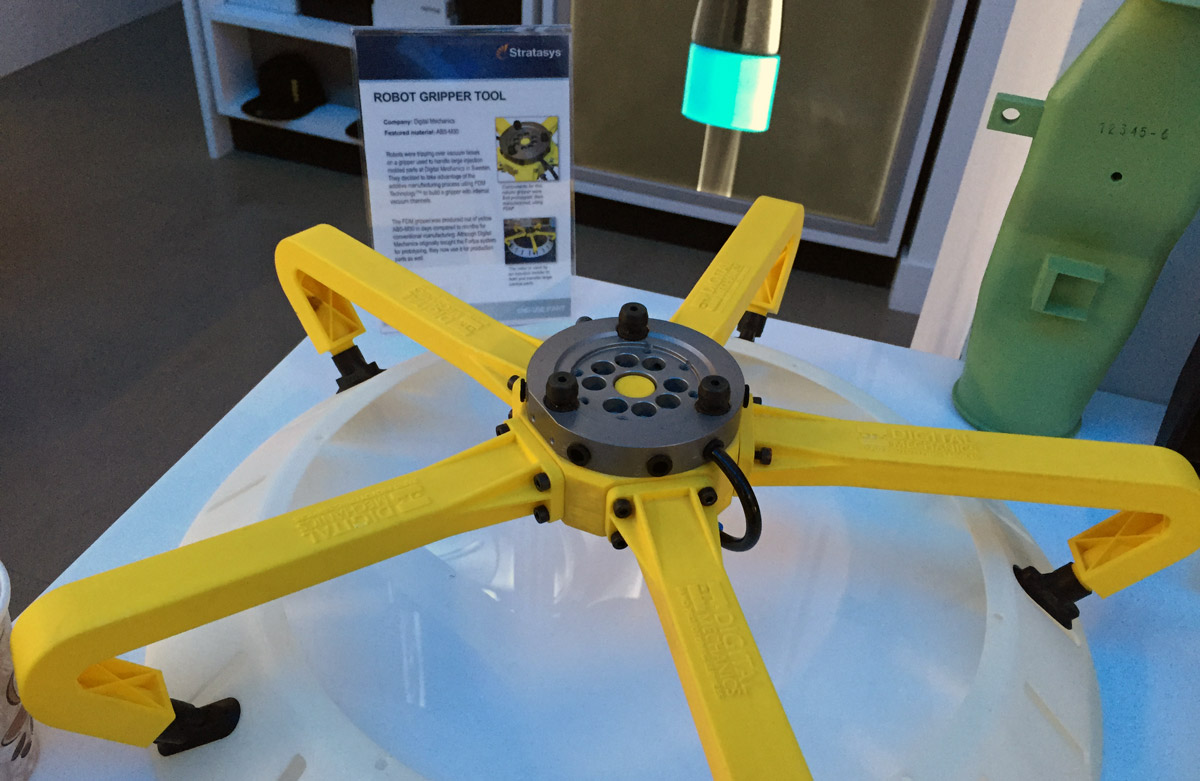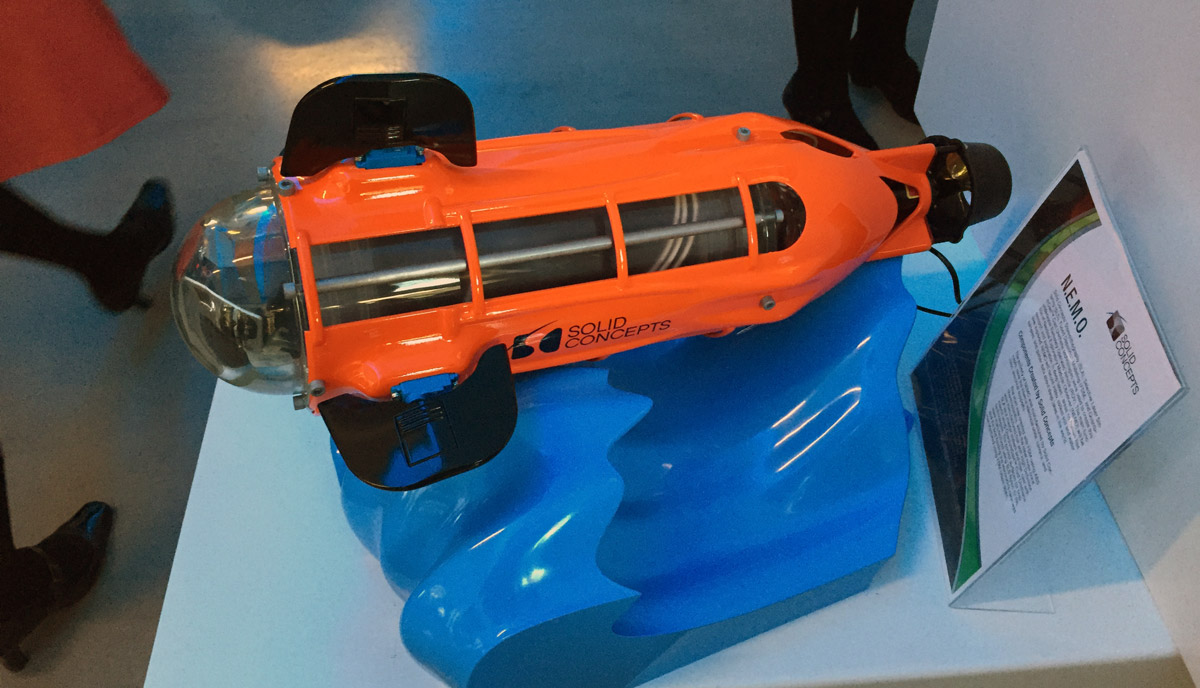I was invited to attend the Stratasys media event at the Normal Store in New York last week (Thursday), an event where Stratasys CEO David Reis and some of the most representative adopters of Stratasys FDM technology worldwide, discussed the present and future of 3D printing applications to local and foreign generalist media.

Something which, as he very clearly put it, he “would be crazy not to say it represents a concern, but also a confirmation of the direction undertaken by his company in a challenging competitive scenario”. One, by the way, where he has already successfully competed with HP during his time as CEO of Scitex (today HP Scitex Industrial Presses).

Stratasys is now present in just about every specific area of 3D printing growth: consumer with Makerbot, professional with FDM and polyjet technologies, even metal – as a service provider through its recently acquired Harvest Technologies and Solid Concepts. So the first question that comes to mind is… exactly which 3D area holds the most promise from an insider’s point of view?
“The MakerBot family of 3D printers is by far our top selling in terms of units, we worked to make them as accessible as ever, all you need to do is take a Replicator Fifth Gen out of the box and plug it in to begin printing good quality products,” Reis explained. He believes getting into the business with a sustainable shop based on 3D printing is possible. “People are already using them to create small businesses. A shop such as this one [the 300 square foot Normal Store in Manhattan with 10 Fortus 250, AM units] requires some higher level organizational and entrepreneurial skills but a 3D printed on demand business model is feasible even on a much smaller scale.”
Stratasys does not release model-specific unit sales information for its professional lines of 3D printers although Reis told me that they see “accelerated growth especially in their high end production systems, both Polyjet based and Fortus FDM”. The company has not yet officially spoken about its plans for their future evolution (it will likely do so at the upcoming Euromold event where Stratasys will be massively present) although Reis pointed out how constant improvements of the inkjet technology creates a lot of new opportunities.”
“Companies such as Ricoh, Canon, Fuji are investing heavily and the technology is evolving very rapidly.” Along with this Moore’s law-like rate of development on inkjet technology speeds Reis sees materials as the single most determining factor, one that Stratasys is heavily investing in.
“As we advance the quality of the materials a wider range of possible applications opens up,” he said, pointing out how material development is, in a way, highly unpredictable. “I don’t mean it in a negative way but chemistry is like alchemy, and advancements could happen very rapidly or over many years, no one can know for sure.” Reis said that Stratasys is constantly getting closer to developing resins with real ABS properties but also that, for Polyjet 3D printing to get into the consumer products business, a “jump” in the chemistry needs to take place.
It is a matter of quality – and color – of the materials more so than price. The price can be regulated more easily by Stratasys itself and generally the company has ample margins to work with. In this sense – and as the Normal Store experience demonstrates – FDM is more ready to be a consumer products technology, however its biggest limitation is Polyjet’s biggest strength: resolution. With these two technologies Stratasys can cover a large part of the plastic production parts market so the one thing left is metals.
“I have a standard answer I give to the the metal question and it’s that we already offer metal as a production alternative through our Harvest Technologies and Solid Concepts acquisitions. However – Reis added – it is not unlikely that we will get more involved into the metal business.” He told me that he is fascinated by Arcam’s EBM technology but also that if Stratasys gets into it they want to be market leaders and that would mean acquiring more than one company.
“Ceramics, on the other hand is a different story,” Mr Reis continued. “We could introduce ceramics into the FDM as well as into the polyjet Processes and we are experimenting a lot with it. A combination of technologies is possible to be able to offer high performance ceramics production parts, which a lot of people are asking us for.”
So everything seems to be in the right place for Stratasys to continue on its current 25-30% growth rate. Stratasys is still a fairly small company (as far as global technology leaders go) and analysts are sometimes disappointed by the less than 50% growth rate. “In my own experience I know that a 20-25% growth rate is difficult to manage; 35% is unsustainable”. If you do the exponential math – a 30% growth rate means the company doubles in size in less than two years. When you are dealing with hundreds of global employees that is a lot of new personnel and infrastructure to integrate.”
Continuing to grow at this rate we would be a multibillion dollar company by 2020 and a 30 billion dollar company twenty years from now,” Reis concluded. From what I have so far, it’s not unfeasible.




